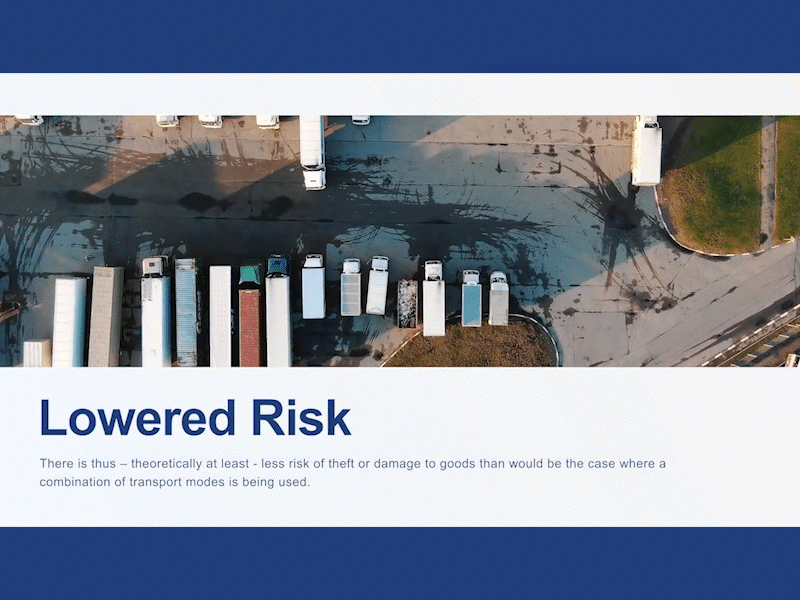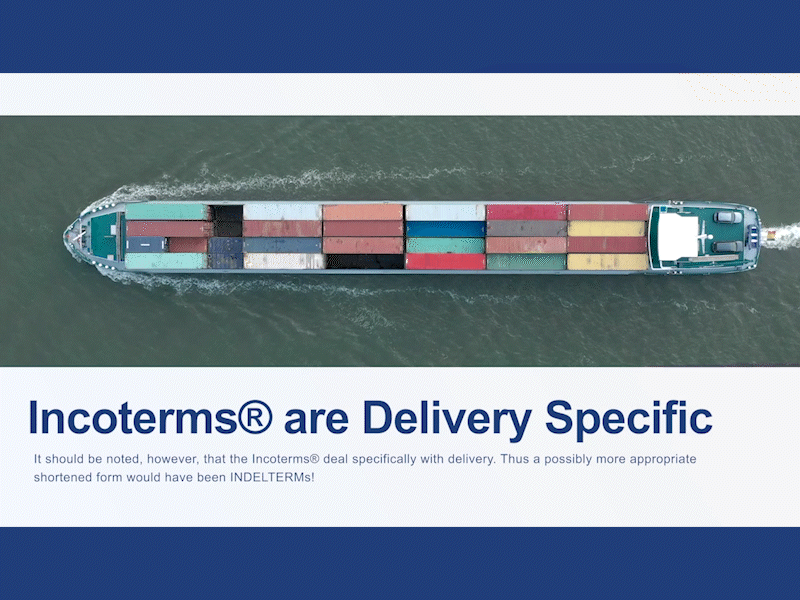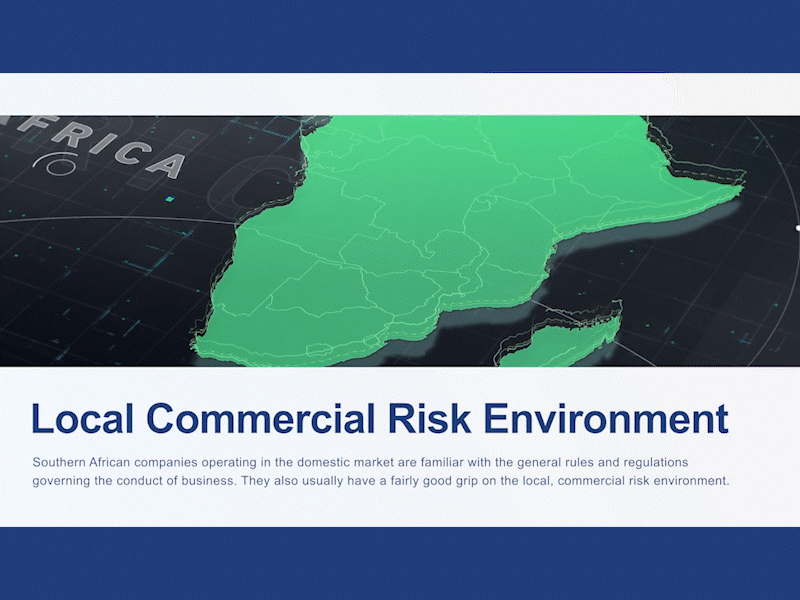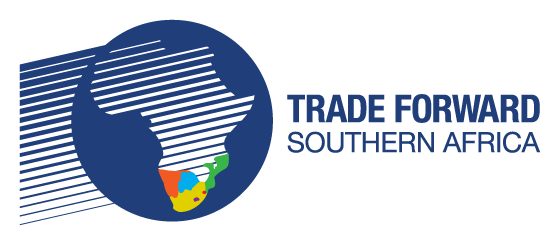Selling your products in foreign markets is vastly different from selling locally. Every exporter is entering the international market to grow their business and earn more profits. However, getting your first export enquiry and subsequent export sale involves far more effort than your first sale in a domestic context, there is an export marketing plan that needs to be considered. As we discussed in a previous article, when trying to sell your products in a foreign market, you must overcome language barriers, cultural differences, varying political and legal environments and vastly different climates.

Furthermore, documents play a far more critical role in international trade than domestic sales. For example, when exporting, you need to be familiar with bills of lading, bills of exchange, customs declarations, letters of credit and many more! To overcome these challenges, you need to construct a strong export marketing plan and ensure you have the resources to learn about the documents and challenges you may encounter in your export journey.
Your Export Marketing Plan
An export marketing plan typically has two main parts. The first part is a plan to get your company and your products export ready, and the second is an export market development plan.
Part 1 of your Export Marketing Plan
Preparing your plan will first involve establishing your vision and mission statements and conducting an internal analysis of your company and product. Your assessment should highlight strengths and critical weaknesses in your product and company. Your export marketing plan should then establish a set of actions to address identified shortcomings and include a budget to cover the associated cost.
Part 2 of your Export Marketing Plan
The second part of your plan deals with how you will establish your company and product in foreign markets within your available budget. Thus, the second part of your plan involves market selection and determining a market entry strategy. Selecting a foreign market that matches your product and company strengths established in part one of your plan involves extensive research on a country’s income, population size, economic sectors, and trade statistics. Determining a market entry strategy involves deciding whether you will sell via an agent or distributor and where you will pitch your price. Thus, an export marketing plan needs to include research on competitors in the countries you are targeting and an analysis of the effectiveness of various distribution channels.

What Resources are Available to you?
Whether it is marketing for exports, dealing with bills of lading, or negotiating the right incoterm®, your export success relies heavily on your knowledge of doing business internationally! Thankfully, Trade Forward Southern Africa, in collaboration with the International Trade Institute of Southern Africa, has created a free and comprehensive online training course on various aspects of global trade, including marketing for exports. The modules provided include training on developing an export marketing plan, international finance, foreign exchange rates, Letters of Credit, international payment methods, Incoterms® and export credit insurance. Click the links below to sign up for free and get started.
To sign up to the School of Export CLICK HERE.
If you already have a profile, CLICK HERE to login to begin the module.










Leave a Reply